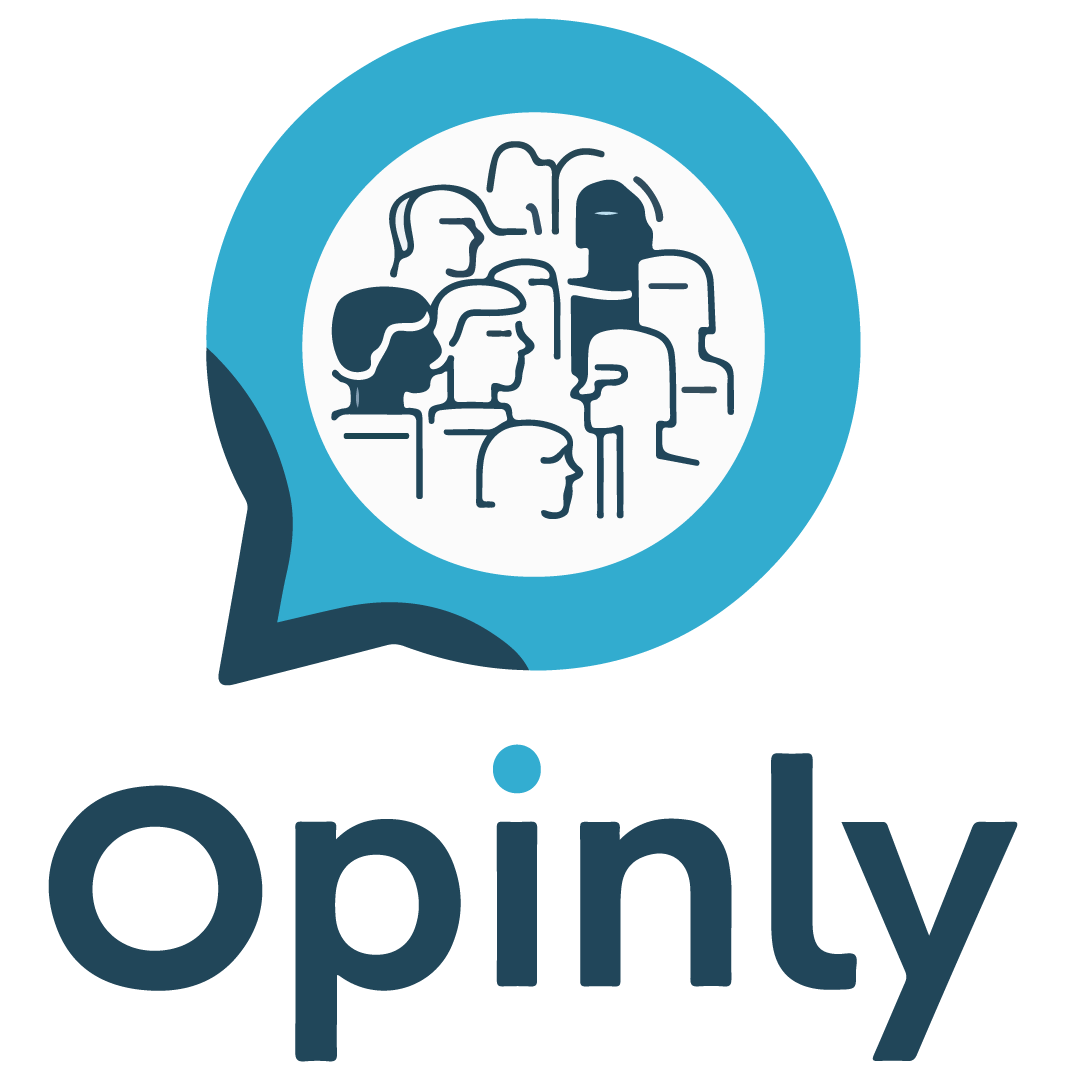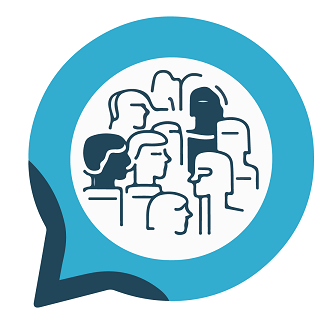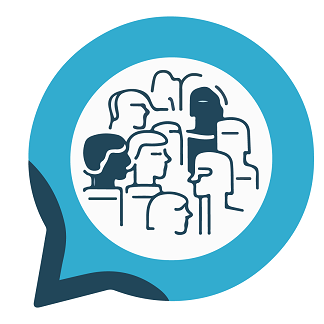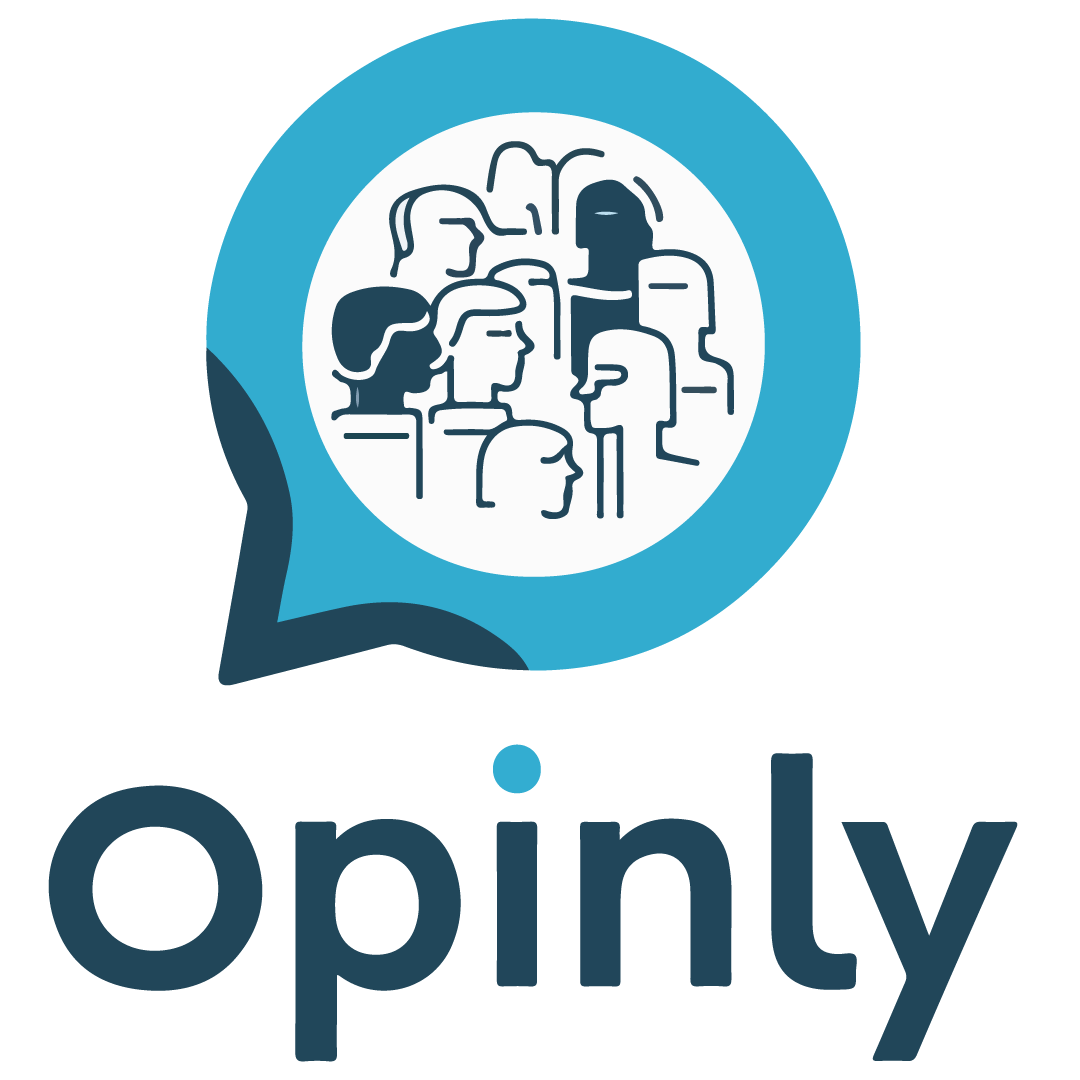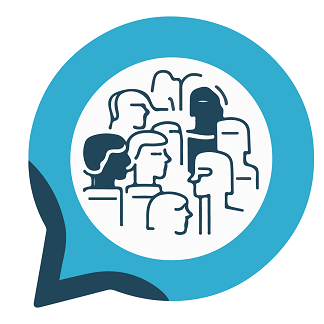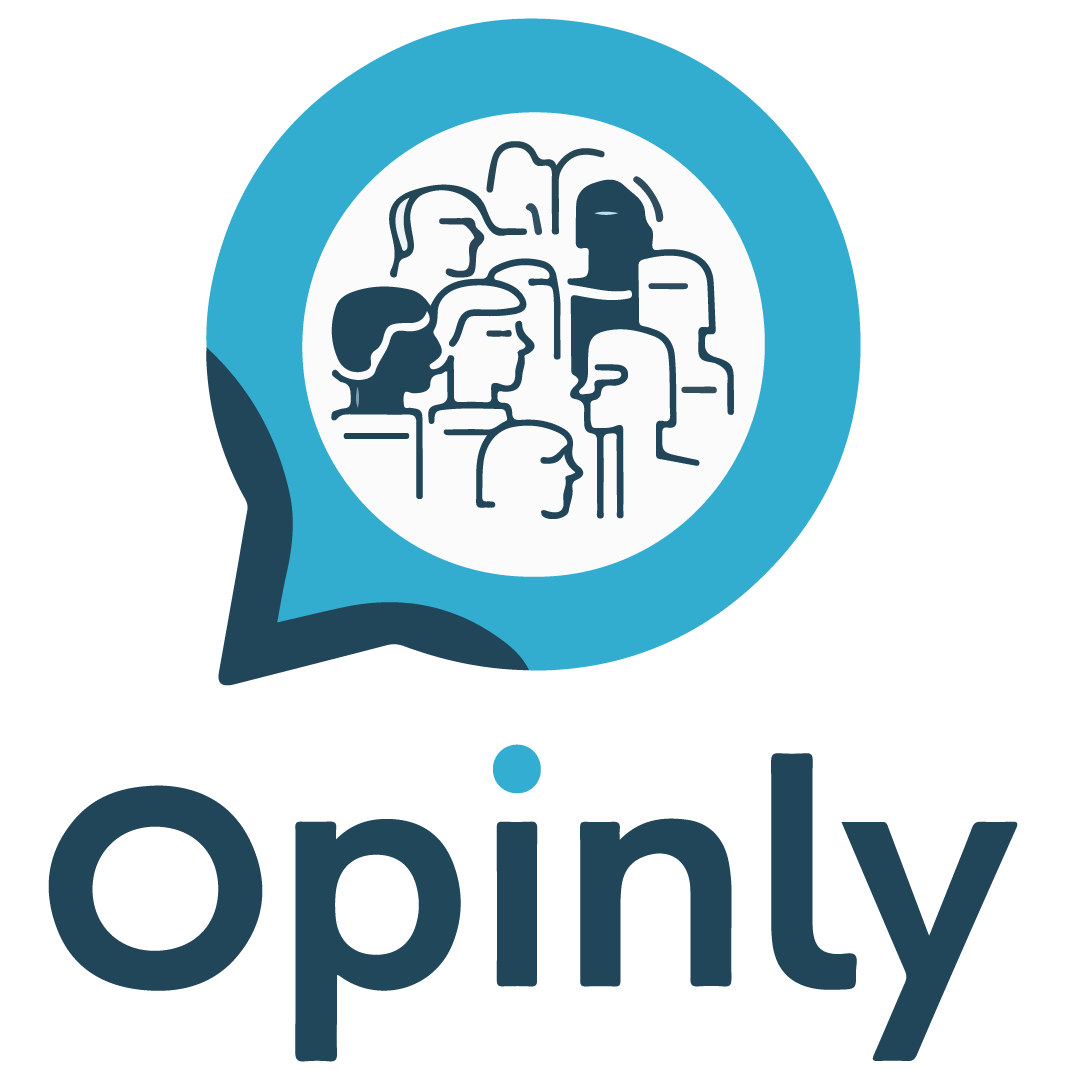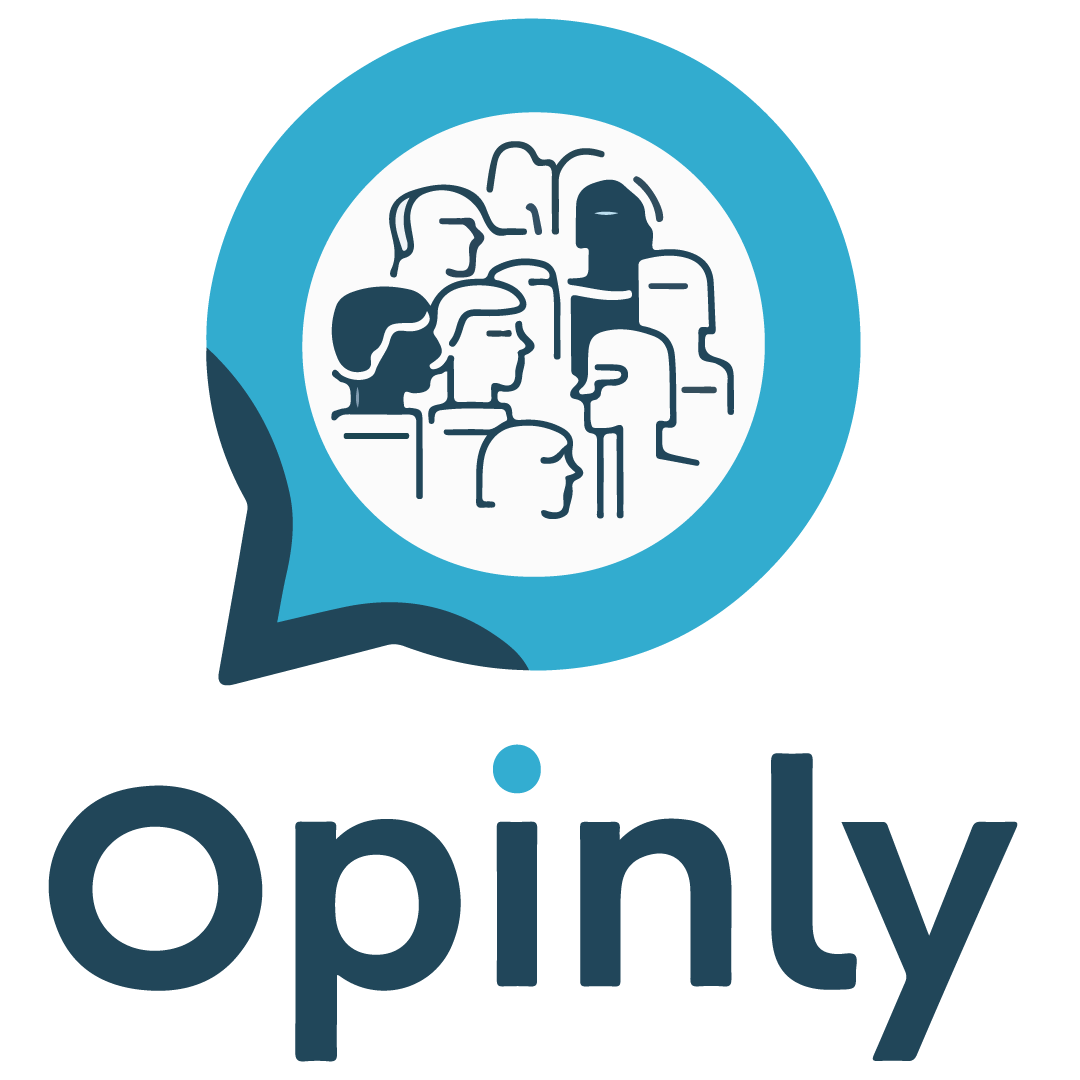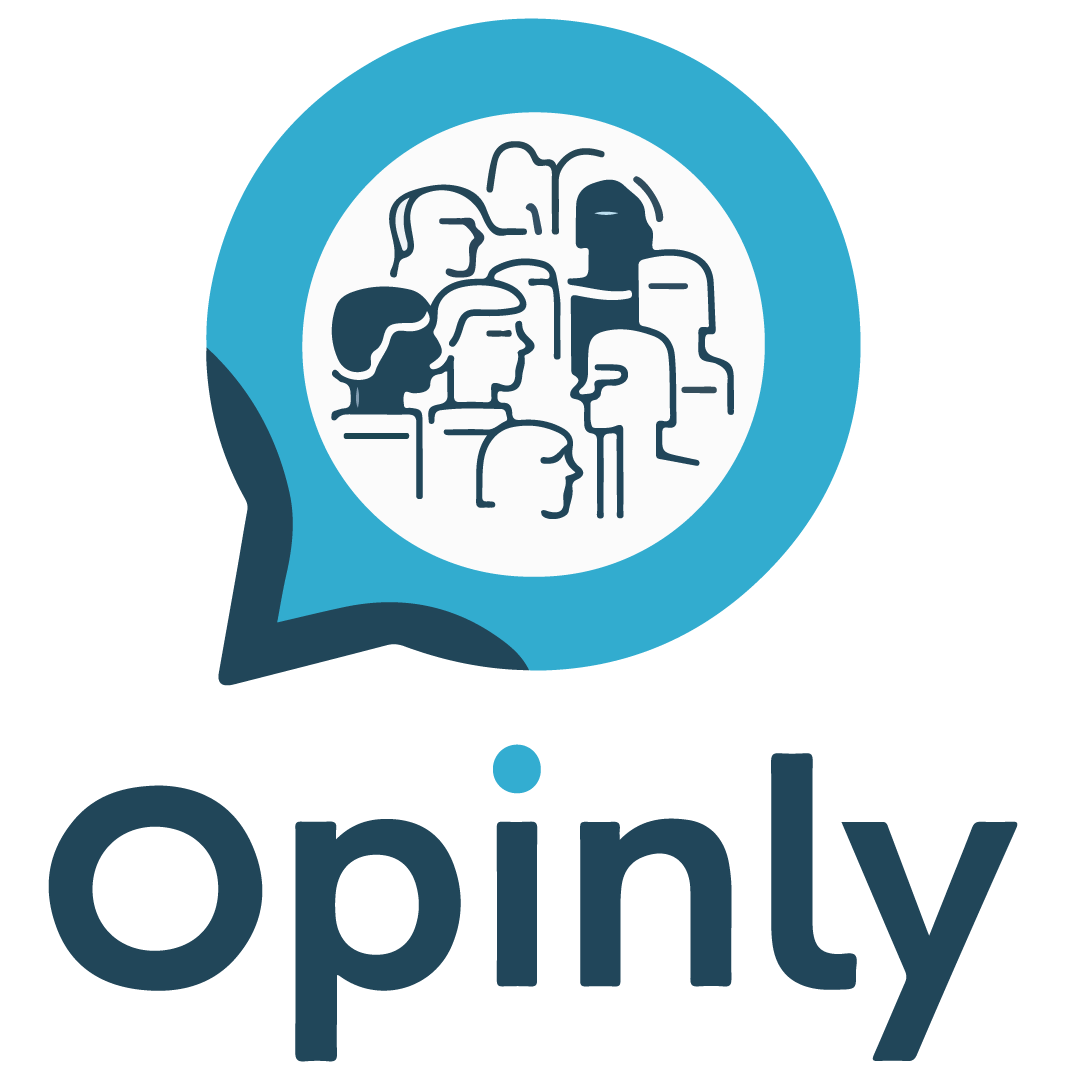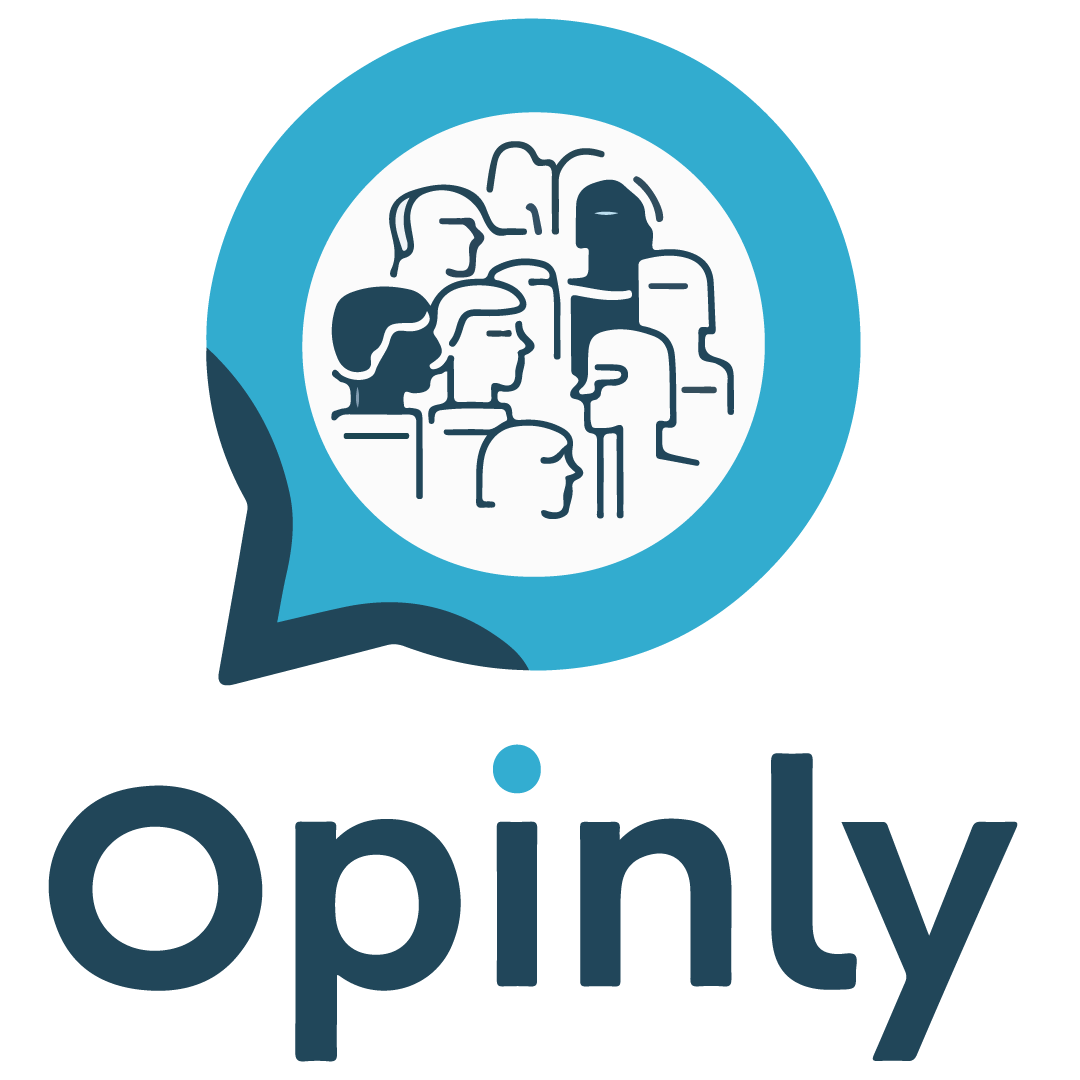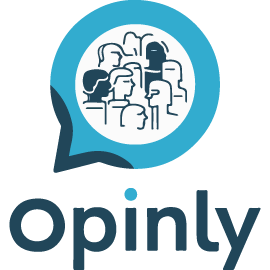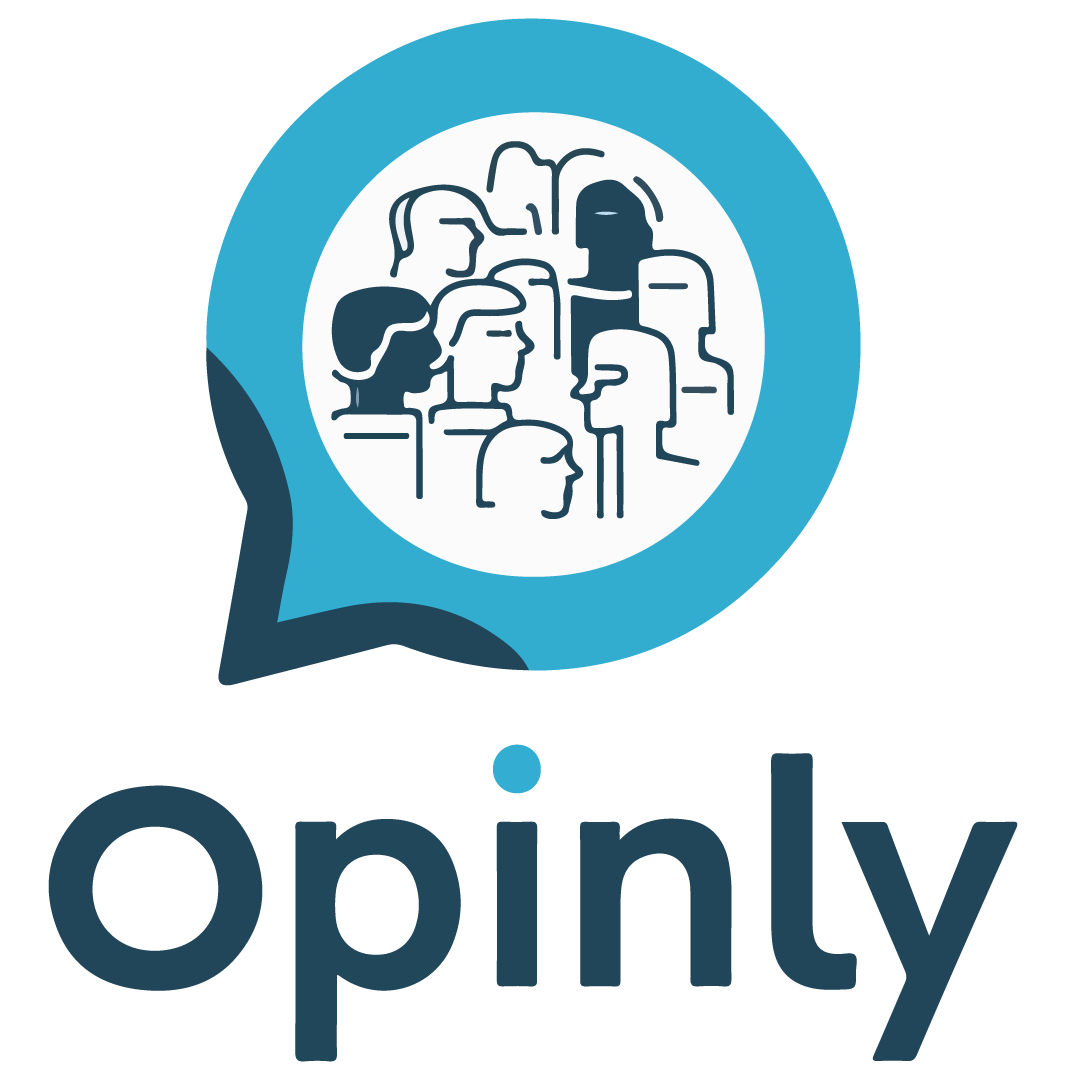
What Is Product Design? Process, Vision, and Tools
What Is the Product Design Process?
At its core, the product design process is a systematic approach to crafting products that meet specific user needs while aligning with business goals. This process ensures that every product is both practical and engaging.
Phases of the Product Design Process
Research and Ideation
Designers gather insights into market trends, user preferences, and competitor strategies. Tools like user interviews and surveys help refine the initial product idea.
Idea Generation
This stage involves brainstorming and sketching potential solutions, often using visual aids to define the product vision.
Prototyping
Early-stage models are developed to test design concepts and features. Prototypes provide a tangible way to gather user feedback.
Testing and Refinement
Testing helps designers understand how users interact with a product, identifying areas for improvement. Iterative design ensures that each version of the product is better than the last.
Launch and Evaluation
After development, the product is introduced to the market. Tracking performance and user satisfaction is vital to ensure long-term success.
The Role of a Product Designer in Modern Development
A product designer plays a central role in product development, bridging the gap between ideas and execution. Their duties include defining the product vision and linking with developers, marketers, and stakeholders.
Key Skills for Product Designers
- Design Thinking: Problem-solving with a user-centric approach.
- Proficiency in Design Tools: Tools like Figma, Sketch, and Adobe XD enable seamless visualization of concepts.
- Collaboration: Working closely with product managers and cross-functional teams to ensure alignment.
- User Research Expertise: Understanding what users need and incorporating that into the design.
The Importance of a Strong Product Vision
A product vision serves as a guiding light for the entire team, providing clarity and purpose. It answers critical questions like:
- What is the product trying to achieve?
- How does it solve a user problem?
- What makes it unique in the market?
Benefits of a Defined Product Vision
- Alignment: Ensures all team members work toward a shared goal.
- Clarity: Provides a roadmap for decision-making.
- Motivation: Inspires the team to strive for excellence.
Creating a Product Vision and Strategy That Works
To develop a compelling product vision and strategy, product teams must focus on three key areas:
- User Needs: Conduct research to understand user pain points and expectations.
- Market Analysis: Identify gaps in the market and potential opportunities.
- Business Objectives: Align the vision with long-term organizational goals.
Steps to Learn More About Product Design
Learning Resources
- Online Courses: Platforms like Coursera, Udemy, and LinkedIn Learning offer comprehensive courses on user experience design, prototyping, and visual design.
- Networking: Joining communities or attending meetups helps aspiring designers learn from industry experts.
Practical Experience
Start small with personal projects or internships. Gaining hands-on experience is crucial to mastering design principles and tools.
Essential Design Tools for Product Designers
The right design tools can make or break a product’s development. Here are some must-have tools for modern designers:
- Figma: Ideal for collaboration and interface design.
- Sketch: Perfect for creating high-fidelity prototypes.
- Adobe XD: A comprehensive tool for wireframing and interactive design.
Exploring Career Opportunities in Product Design Jobs
Popular Roles in Product Design
- UX/UI Designer: Focuses on user interface and experience.
- Industrial Designer: Creates physical products like furniture or appliances.
- Design Strategist: Develops high-level design strategies for organizations.
Challenges in Product Design
Every product designer faces hurdles during the development process. Common challenges include:
- Balancing user needs and business goals.
- Adapting to changing market trends.
- Managing time and resource constraints.
Discover Product Design Insights on Opinly.net
Product design is not just about creating something visually appealing; it’s about solving problems and meeting user needs through thoughtful design. Platforms like Opinly.net are essential for designers, creators, and enthusiasts to share their work, gather feedback, and refine ideas.
Conclusion
The product design process is a meticulous journey that blends creativity with strategy. By understanding user needs, mastering design tools, and maintaining a clear vision, businesses can create products that delight users and drive success.
FAQ
- What is the role of a product designer? A product designer creates solutions that balance user needs with business objectives, often collaborating with cross-functional teams.
- What tools are essential for product design? Popular tools include Figma, Sketch, and Adobe XD for prototyping and design.
- How does a strong product vision benefit a team? A clear vision aligns teams, provides clarity, and inspires innovation.
- What are the main phases of the product design process? Key phases include research, prototyping, testing, and evaluation.
- What challenges do product designers face? Designers often balance user expectations, business goals, and resource constraints.
